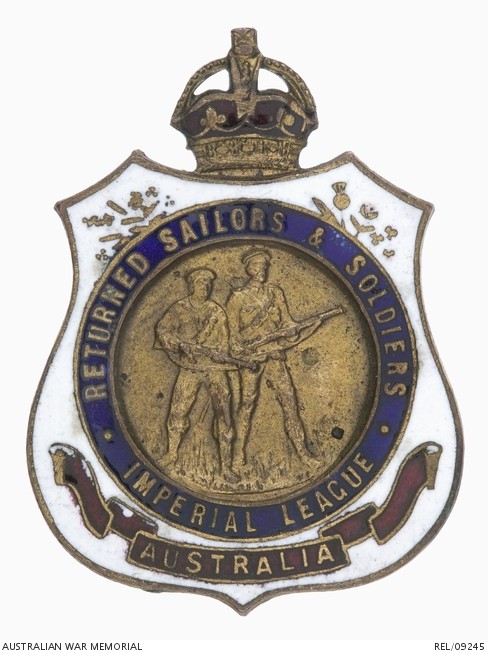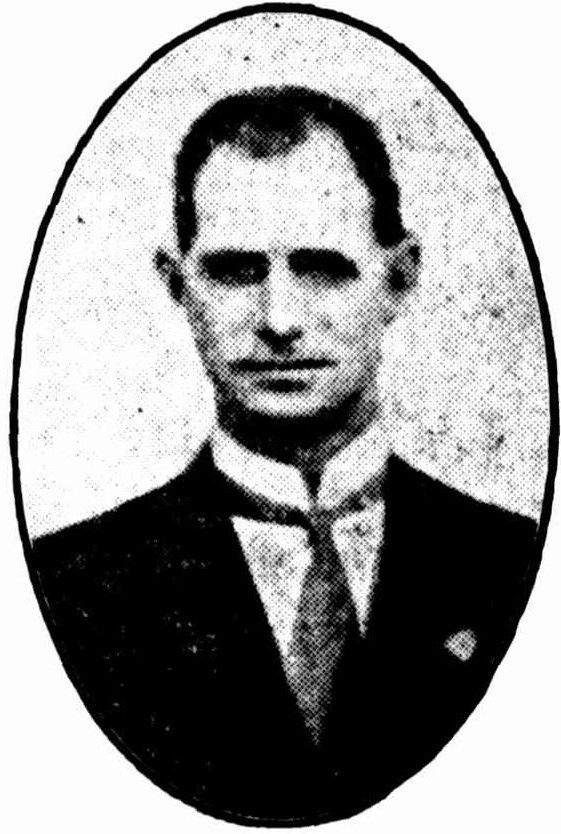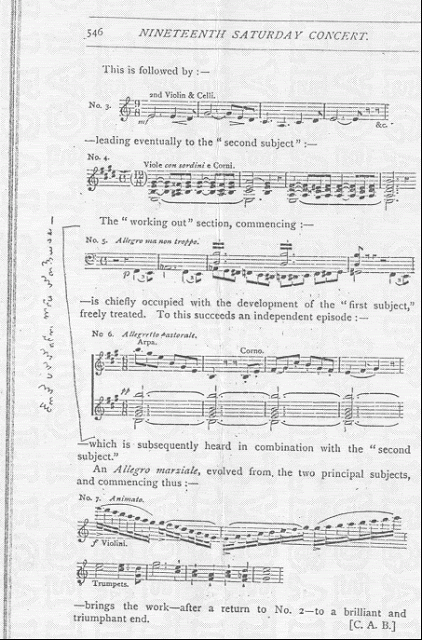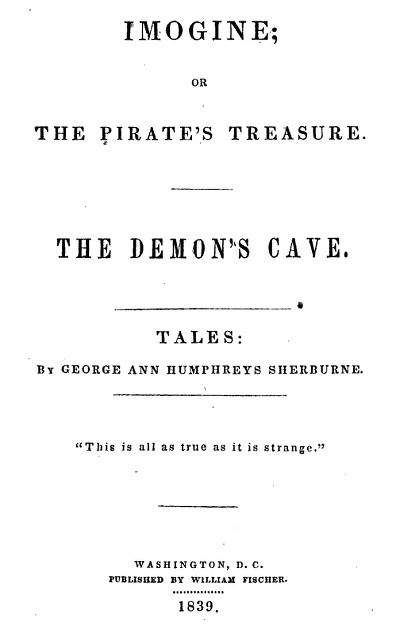I recently got sent off on a chase by an anonymous commenter “Ayuverdica”, raking through the Australian archives for a certain ‘Thomas Lawrence Keane’ (here, here and here) as a possible identification claim of the Somerton Man. Having then looked at all the evidence, it was clear none of it quite seemed to stack up in the way the commenter claimed: but I decided to publish it anyway (with plenty of provisos).
However, a few days later, what appears to be the same “Ayuverdica” left a comment on Pete Bowes’ blog:
i just made up the thomas lawrence keane thing on the basis he was from charters towers and married to isabella beaumont. i have no evidence beyond that. the guy was cremated in march 26 1949. is it possible that it was a fake cremation? someone elses body? convenient huh
Errm… thanks for that, thanks a lot. *sigh*
What’s more, I’ve had a lot of commenty backchat here from “Minstrel Janet” (another nearly-nameless commenter) who has been leaving a long series of comments saying what a horrible liar Jestyn was, that Jestyn was up to her neck in two murders, etc, etc, though without ever giving any obvious reason why anyone should allege such a thing. I didn’t moderate out her comments, simply because I wanted to know what drove her to say such inflammatory things… but she now claims to have abandoned Cipher Mysteries and moved on to greener forums pastures. I wish her… as tolerant a reception from the next Tamam Shud forum she happens to descend upon. (Good luck, Pete, mate.)
However, I have moderated out a string of other comments from a pair of anonymous commenters (one from New Zealand, one from Australia), who alleged a whole series of ghastly things about Jestyn and her family. Really, there seems to be something about the whole Tamam Shud case that brings out the worst in people – the most bigoted and intolerant, the quickest to condemn, the fastest jump to conclusions from scanty evidence imaginable, all of it at the same time. Why?
Perhaps it comes down to what I called (in my 2004 Masters’ dissertation) “Keatsian uncertainty”. In an 1817 letter, Keats described Shakespeare’s genius as “Negative Capability“, “when a man is capable of being in uncertainties, mysteries, doubts, without any irritable reaching after fact and reason“, which he used to describe the Bard’s near-unique capacity to allow his dramatic characters to remain in a continuous state of uncertainty without feeling any urgent need to resolve their quandaries and dilemmas.
This is also very much like chess, where weaker players when presented with one or more possible captures find it almost impossible to resist the urge to resolve that overwhelming tension by capturing. Shakespeare kept his plays wonderfully interesting, said Keats, by keeping those kinds of internal tensions in play: for me, I think this exhibits both a very modern kind of epistemology and a very modern kind of story-telling. Even now, how many writers have the strength of resolve not to scratch those itches, to release the reader from those dilemmas that keep the protagonists internally caged?
Perhaps what these Somerton Man commenters are displaying is this same all-too-human urge to jump to resolution from whatever evidence is at hand, simply as a way of resolving those unbearable tensions any way they can. But for me, this is more a symptom of intellectual cowardice, when in fact finding a way of living and working with such uncertainties – however difficult that may at first seem – is the difficult, brave, but ultimately right choice.
For example: right now, we don’t know whether Jestyn was utterly complicit; or just as much a victim as the Unknown Man; or somewhere in between; or possibly even entirely unconnected. So, how does arbitrarily “deciding” which of these was true make that whole difficult situation any more manageable? How does replacing an jarring uncertainty with an irritable lie help anybody, exactly?
Anyway, if you haven’t already thrown your hands up in despair at the difficult thought of staying undecided under pressure, I think you will probably enjoy this 2010 article from Cultural Studies Review by Ruth Balint called “The Somerton Man: An Unsolved History“.
Balint documents how, as she came to grasp the Somerton Man case, she felt herself being drawn into different speculative narratives, even though the evidence doesn’t support it. As a long-time fan of historian Carlo Ginzburg’s work, I also found it interesting to see Balint bring his position to bear on the Tamam Shud evidential stack.
But perhaps it’s not such a good idea to give imagination a free rein at this point in the research. Even 65 years after the event (whatever the event was), I still suspect we have yet to do the basic factuality proper justice: and so it is arguably too early in the unfolding historical process to point the big guns of Ginzburgian imaginative reconstruction at this cold case. This isn’t peasant magic in medieval Friuli, guys, sorry.
I guess the trickiest question for historians about the case is simply this: is Tamam Shud genuinely a cold case yet, or is it still luke-warm? Really, at what stage does reconstructive speculation become fair game, and not just a way of treading smartly on (living) people’s toes?




